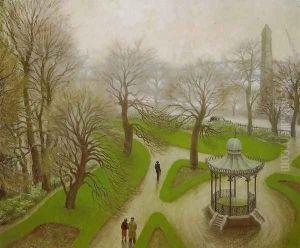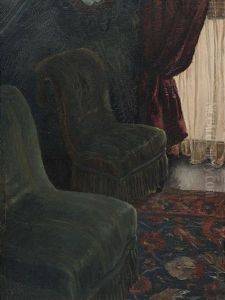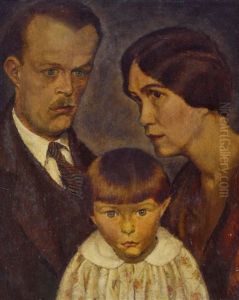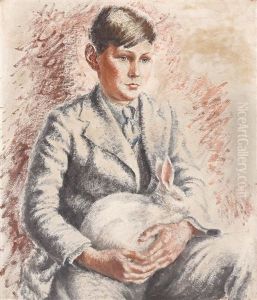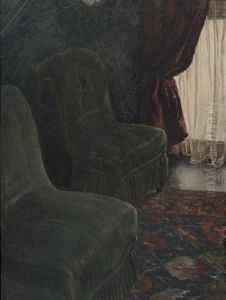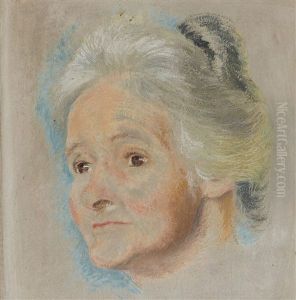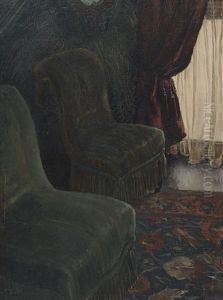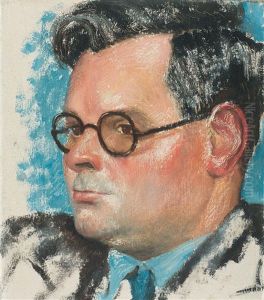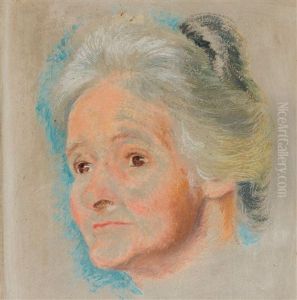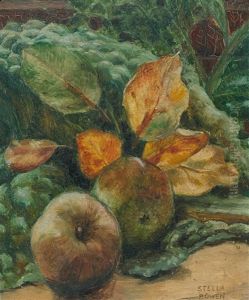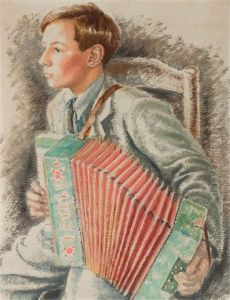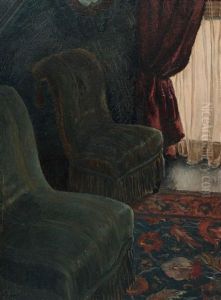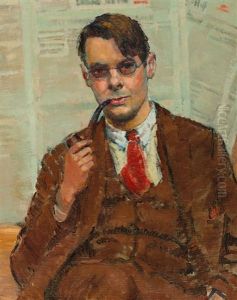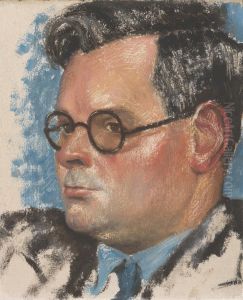Stella Bowen Paintings
Stella Bowen was an Australian artist and writer known for her work as a painter in the modernist movement. Born on May 16, 1893, in North Adelaide, South Australia, she lived during a period of significant change in the art world. Bowen was a key figure in the cultural interchanges between Australia, Europe, and the United States, particularly during the interwar years.
In her early life, Stella Bowen studied at the South Australian School of Arts and Crafts in Adelaide. Her initial work reflected the influence of the Heidelberg School, which was the dominant art movement in Australia at the time. Seeking broader horizons and aiming to develop her artistic skills, she moved to London in 1914, where she would spend the majority of her life. In London, she became part of the Bloomsbury Group, a circle of intellectuals, writers, and artists that included Virginia Woolf and John Maynard Keynes.
During her time in Europe, Bowen's work began to exhibit the influences of post-impressionism and modernism, with a focus on intimate portraits and domestic scenes. In the 1920s, she lived in France with the American writer Ford Madox Ford, with whom she had a daughter, Julia. Her relationship with Ford deeply affected her personal and professional life, as she struggled to balance her roles as a mother, partner, and artist. Despite these challenges, she continued to develop her artistic style and exhibited her work in Paris and London.
Bowen's artistic production was somewhat limited by her domestic responsibilities and the economic hardships of the interwar period. Nevertheless, she produced a range of works including portraits, still lifes, and landscapes. Her style was characterized by a subdued palette and a sensitive handling of light, which lent her subjects a quiet intimacy.
During World War II, Bowen was appointed an official war artist by the Australian War Memorial, a role that took her to England and resulted in some of her most significant works. Her war paintings are notable for their human focus, documenting the impact of the conflict on individuals and daily life, rather than grand battle scenes.
Stella Bowen's post-war period was marked by both personal and professional difficulties. She continued to paint and exhibit, but her health began to decline. After a long battle with cancer, Stella Bowen passed away on October 30, 1947, in London. Her legacy is marked by her contribution to Australian art, her role as a female artist in the early 20th century, and her unique perspective on the war. Her works are held in several Australian national collections, and her life and work continue to be the subject of study and admiration.
